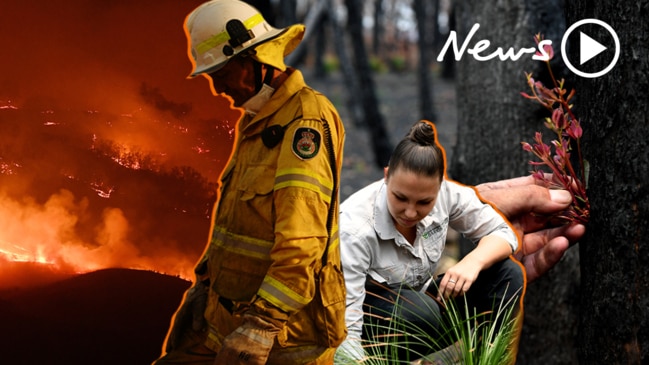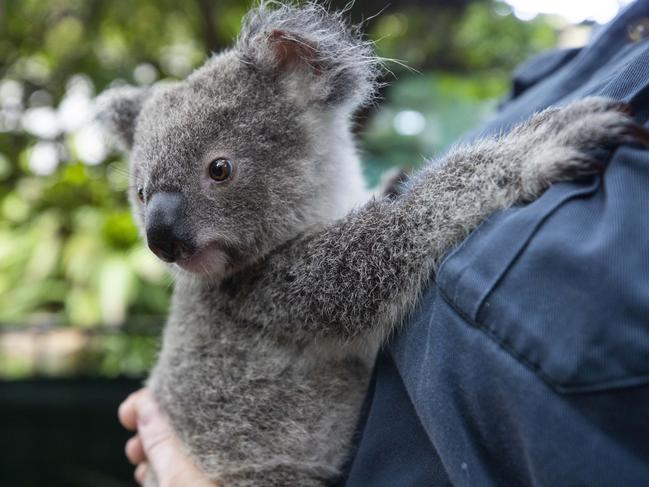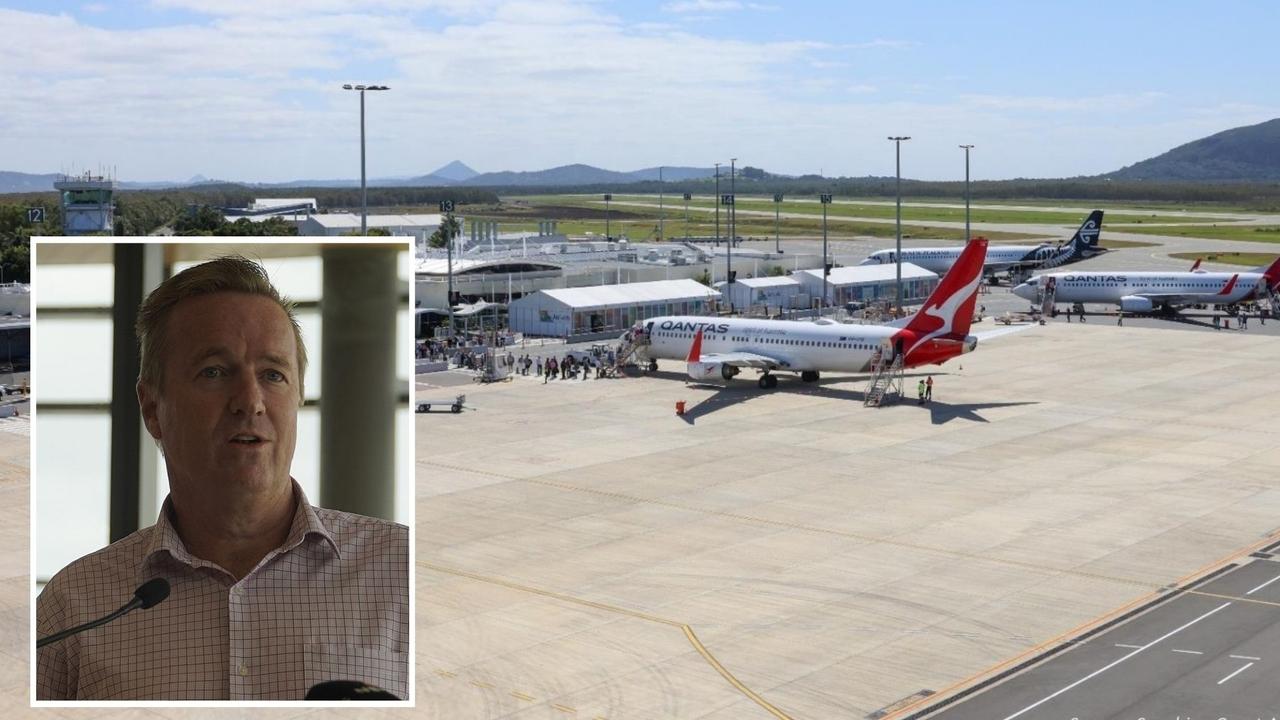Queensland koala population drops by 50 per cent in two decades
Australia’s koala population has been cut in half in the past two decades, with conservationists warning our national icon is already extinct in some areas in the wake of devastating bushfires and drought.

QLD News
Don't miss out on the headlines from QLD News. Followed categories will be added to My News.
DEVASTATING bushfires, drought, reckless tree clearing by developers and rampant chlamydia has cut Australia’s koala population in half in the past two decades.
The declining numbers are so bad our national icon could be extinct by 2050, say conservationists. The bushfires in Queensland and NSW killed so many koalas that they are soon likely to be elevated from a vulnerable species to an endangered species by government authorities.
A report to be released today by the World Wildlife Fund paints an alarming and challenging future for the koala and in some remote pockets of Australia they are already extinct.
Declines in some areas are closer to 80 per cent in the past two decades. Conservation and animal welfare groups have nominated the koala to be listed as endangered in Queensland, New South Wales and the ACT.

It is understood the federal government’s Threatened Species Scientific Committee is already considering the conservation status of the koala. The WWF report shows Queensland’s koala population has crashed by at least 50 per cent since 2001 because of deforestation, drought, sexual disease transmission and the recent bushfires.
It also found that more than 6000 koalas perished in the NSW bushfires while 672 koalas died in Queensland wildfires. The report found koalas appear to be functionally extinct in central Queensland’s Mitchell Grass Downs bioregion, and there has been an 80 per cent decline across the Mulga Lands in the states southwest, previously considered to support the second highest proportion of koalas across all bioregions in Queensland.
Queensland Shadow Environment Minister David Crisafulli, who has used the last two parliamentary estimates to highlight the severity of falling koala populations, said the report was the “wake up call”.
“We urgently need a plan that locks away the key areas that must be saved while preserving property rights for those who’ve invested in good faith,” he said.
“True environmentalism isn’t virtue signalling about the world’s problems. It’s about making real change on the things you control.”
A parallel analysis, released in early March and just updated, found the New South Wales koala population has also suffered a decline of between 33 per cent and 61 per cent since 2001, with a conservative estimate of 6382 koalas killed in the 2019-20 bushfires up to mid February.
Koala populations in Queensland, NSW and the ACT were listed “vulnerable’’ under the federal government’s environmental protection Act in May 2012.
Since then, koalas have suffered relentless ongoing pressure. Land clearing has ramped up, increasing 13-fold in New South Wales since the government weakened native vegetation laws in 2016.
“Koalas were already on the path to extinction in eastern Australia,’’ a WWF spokesman said.
“Then came the 2019-2020 bushfires when the koala became the unfortunate wildlife icon of the crisis both internationally and domestically.
“Many important populations were directly in the path of the fires, and may not recover without serious and long term rescue efforts.’’
Experts fear the fires have accelerated the march towards many localised extinction events for koalas.

It is understood the federal government’s Threatened Species Scientific Committee is already considering the conservation status of the koala.
Uplisting to endangered would increase protection for forests and woodlands where koalas live, mobilise funds and increase public support for the species.
Most importantly, listing koalas as an endangered species would enable politicians and public servants to use federal and state laws to stop trees being bulldozed and logged.
WWF-Australia conservation scientist Dr Stuart Blanch said: “Ecologists estimate koala numbers in Queensland, New South Wales and the ACT have likely more than halved since 2000. We call on the Australian environment minister to use federal environmental law to list them as ‘endangered’ in eastern states to increase legal protections for forests and woodlands where koalas live.”


